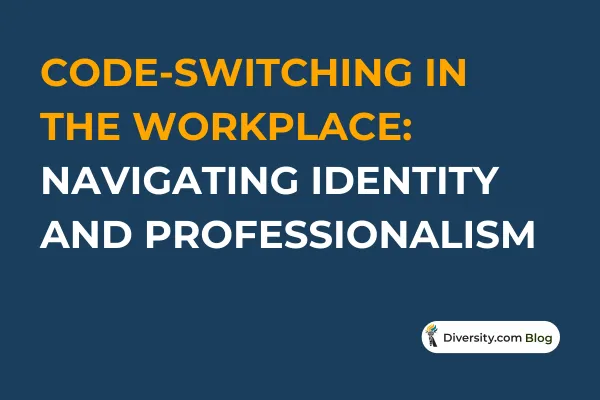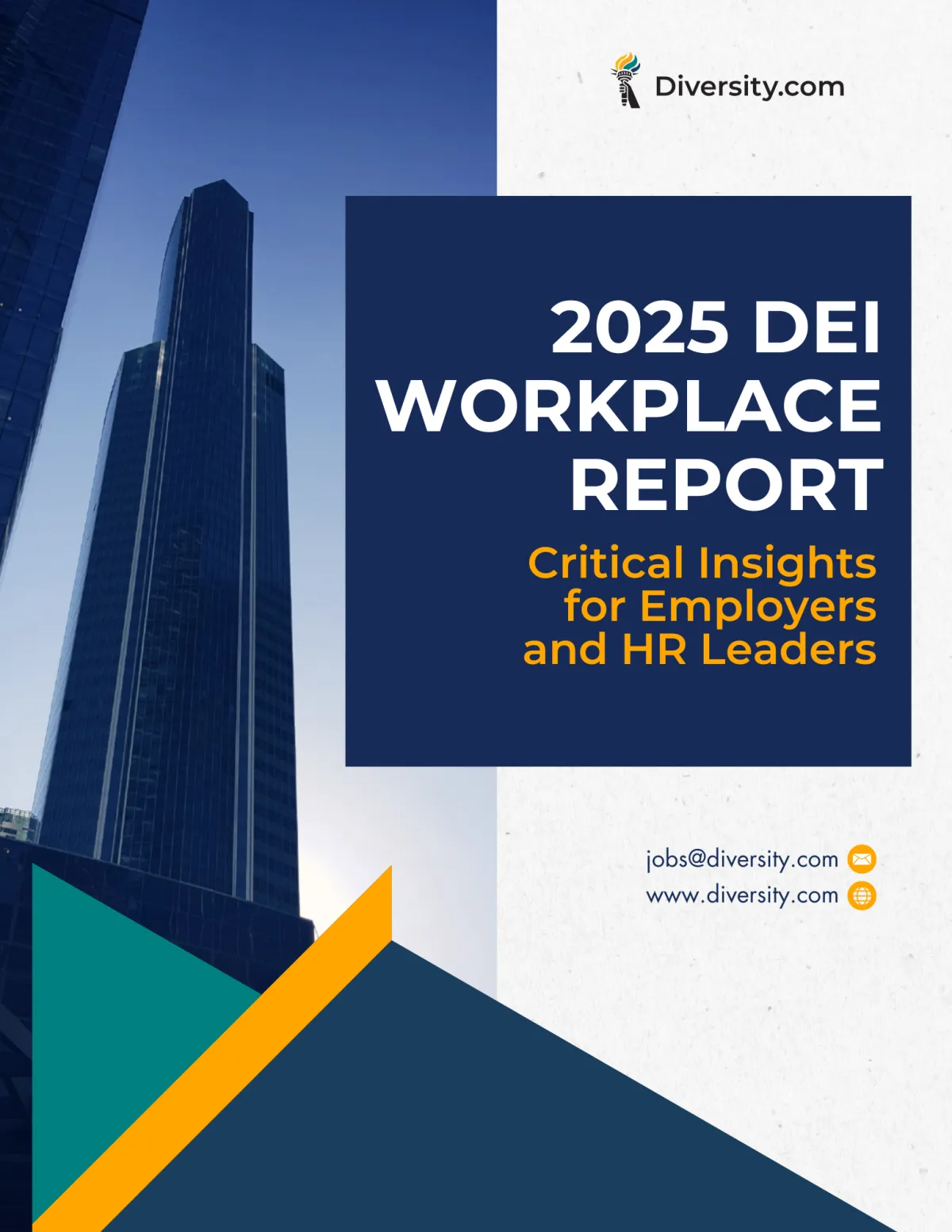
Code-Switching in the Workplace: Navigating Identity and Professionalism
In today’s diverse work environments, many employees find themselves adjusting their language, behavior, or appearance to align with dominant workplace norms—a practice known as code-switching.
While often used as a strategy for career advancement or social integration, code-switching can have serious emotional and psychological consequences, especially for individuals from marginalized communities.
What Is Code-Switching?
Originally a linguistic term, code-switching described alternating between languages or dialects in a conversation.
In the modern workplace, it refers to broader behavioral adaptations—modifying speech, tone, appearance, or mannerisms to fit into a workplace culture shaped by dominant norms (BetterUp, n.d.).
Why Do Employees Code-Switch?
Employees may feel the need to code-switch for a variety of reasons:
Professional Advancement: To be perceived as competent, “polished,” or leadership-ready.
Avoiding Stereotypes: To sidestep racial, gender, or cultural biases.
Enhancing Communication: To improve interpersonal dynamics with colleagues or managers.
Psychological Safety: To avoid exclusion, microaggressions, or overt discrimination (HBR, 2019).
Real-World Examples
A Black employee who uses AAVE (African American Vernacular English) outside of work switches to Standard English during meetings.
A queer employee avoids discussing their partner or personal life out of fear it could lead to bias.
A Latina professional tones down her accent and avoids wearing cultural attire to avoid being perceived as “unprofessional.”
The Impact of Code-Switching
While code-switching can be useful in certain social settings, the long-term emotional cost is significant:
Emotional Fatigue: Constant self-monitoring leads to exhaustion.
Loss of Authenticity: Feeling forced to present a filtered version of oneself can affect identity and morale.
Reduced Job Satisfaction: Over time, the gap between true self and workplace persona may lead to disengagement or burnout (Pumble, n.d.).
What Employers Can Do
Organizations can reduce the burden of code-switching by building cultures that welcome authenticity:
Promote Inclusive Leadership: Leaders should model authenticity and create space for diverse voices.
Revise Policies: Dress codes, performance standards, and communication norms should be evaluated for bias.
Host DEI Workshops: Help employees understand the hidden costs of assimilation pressures.
Support ERGs (Employee Resource Groups): These spaces validate underrepresented identities and foster belonging (HRO Today, 2022).
How Diversity.com Supports Inclusive Hiring
At Diversity.com, we know that workplace culture plays a powerful role in shaping employee well-being.
As a DEI-focused job board, we help match inclusive organizations with professionals who value authenticity and equity.
For Employers & HR Leaders:
✔ Post Inclusive Job Listings — Reach a diverse pool of candidates by highlighting your organization's commitment to DEI.
✔ Access DEI Resources — Utilize our curated content to inform and enhance your DEI strategies.
✔ Engage with a Community — Connect with like-minded professionals dedicated to advancing workplace diversity.
For Job Seekers:
✔ Find inclusive employers — Discover organizations that prioritize equity and inclusion in their hiring practices.
✔ Enhance Your Profile — Showcase your experiences and skills to employers committed to DEI.
✔ Stay Informed — Access articles and resources to support your career development in inclusive workplaces.
We believe in a future where every career journey and every hire moves us closer to true equity.
Start building with Diversity.com.
If you have any questions or need assistance, feel free to Contact Us Here. Our dedicated support team is ready to help!
Related Articles
Cultural Taxation in the Workplace: The Hidden Burden on Minority Employees
Tokenism at Work: How to Spot It and Replace It With Real Inclusion
The Rise of DEI Fatigue: Navigating the Challenges and Reaffirming Commitments
Stockholm Said No: What a Swedish Rejection of U.S. Pressure Says About Global DEI Values
Shareholders Overwhelmingly Reject Anti-DEI Proposals: A Strong Signal for Inclusive Hiring
Naval Academy Removes 381 DEI-Related Books Amid Federal Directive: Implications for Inclusive Hiring
Sources & References
BetterUp. (n.d.). What is code-switching and how does it impact teams?. https://www.betterup.com/blog/code-switching
Built In. (n.d.). What is code-switching in the workplace?. https://builtin.com/articles/what-is-code-switching
HBR. (2019, November). The costs of code-switching. https://hbr.org/2019/11/the-costs-of-codeswitching
Pumble. (n.d.). Code-switching in the workplace: Why do we do it?. https://pumble.com/blog/code-switching
Entrepreneur. (2023, January 24). How code-switching hurts people of color in the workplace. https://www.entrepreneur.com/growing-a-business/how-code-switching-hurts-people-of-color-in-the-workplace/454188
HRO Today. (2022). Combating code-switching in the workplace. https://www.hrotoday.com/diversity-inclusion/combating-code-switching

